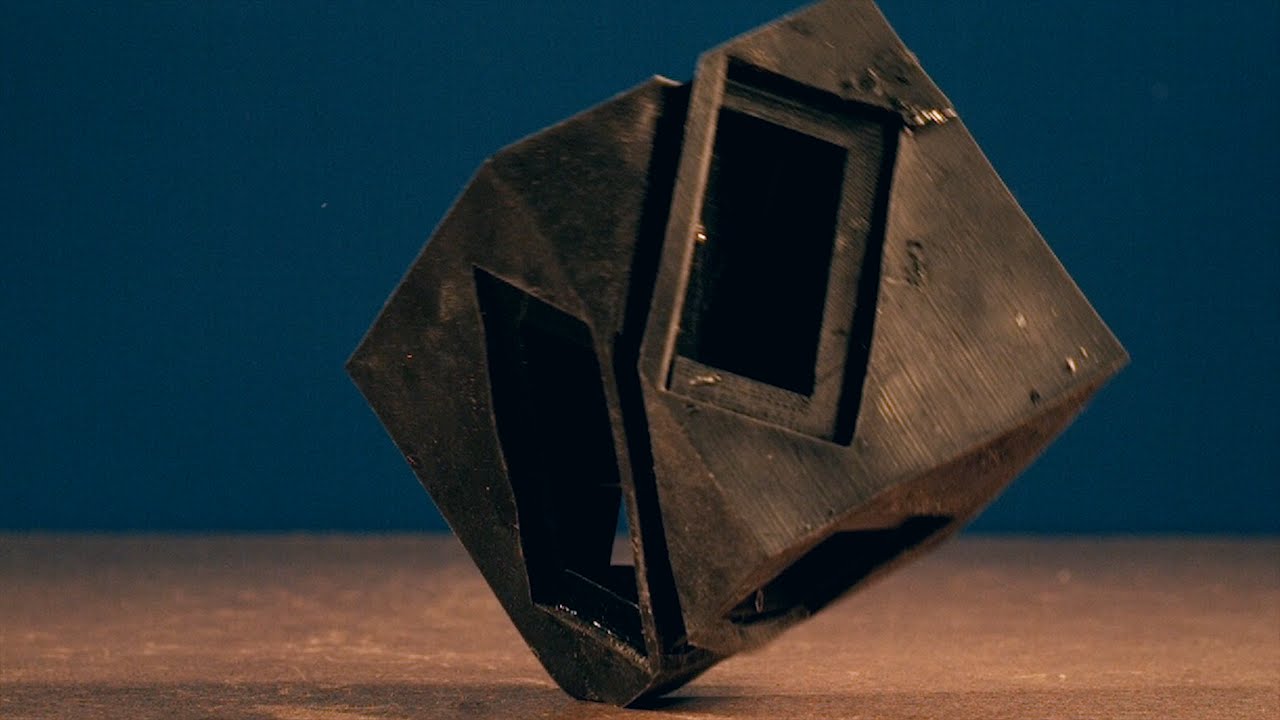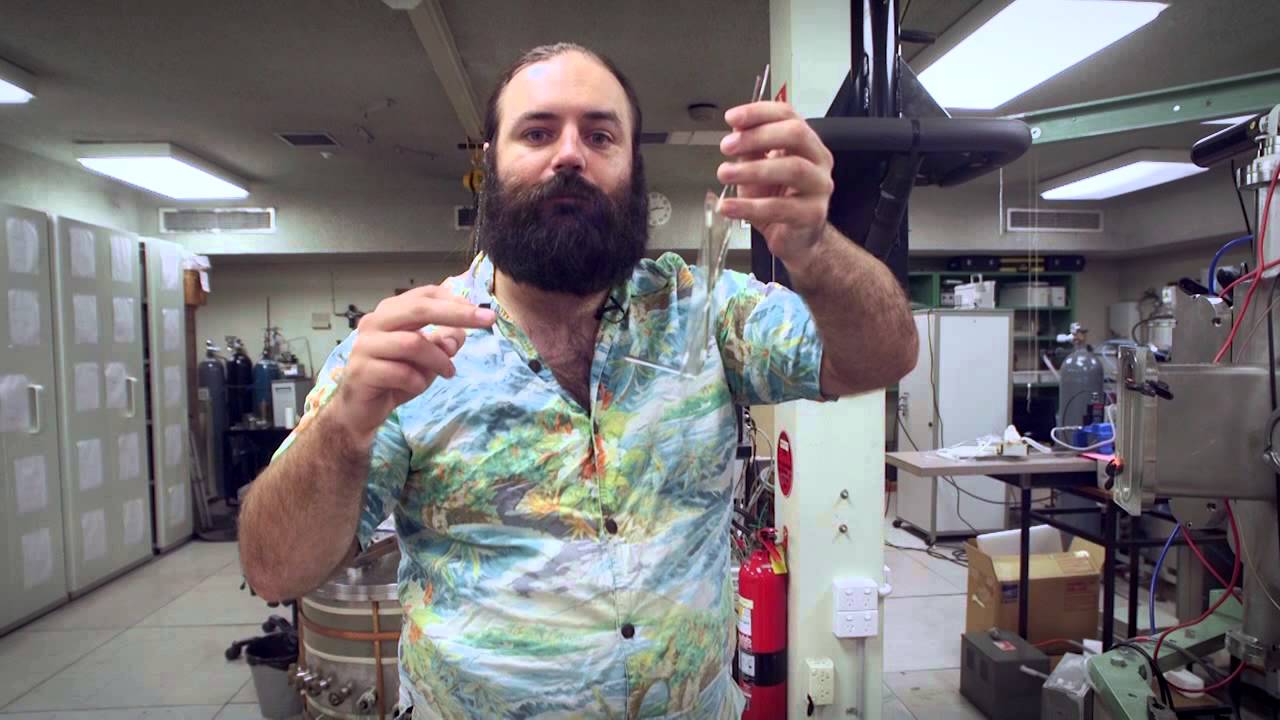Oct 4, 2016
New devices that emulate human biological synapses
Posted by Karen Hurst in categories: biological, computing, engineering, neuroscience
Check this out.
Engineers at the University of Massachusetts Amherst are leading a research team that is developing a new type of nanodevice for computer microprocessors that can mimic the functioning of a biological synapse—the place where a signal passes from one nerve cell to another in the body. The work is featured in the advance online publication of Nature Materials.
Such neuromorphic computing in which microprocessors are configured more like human brains is one of the most promising transformative computing technologies currently under study.
Continue reading “New devices that emulate human biological synapses” »















